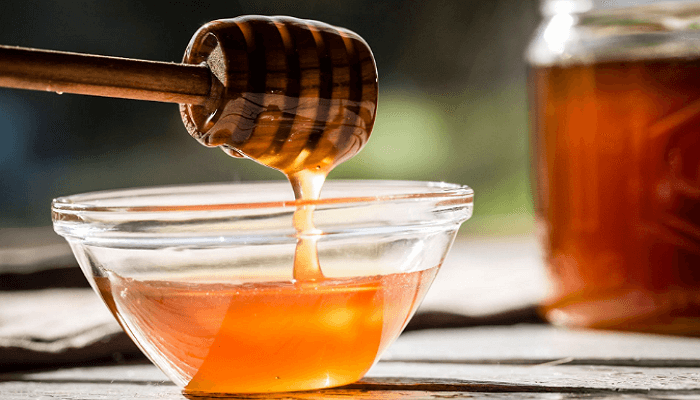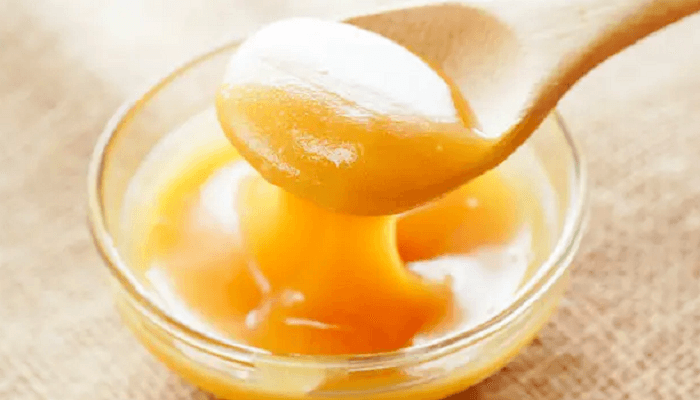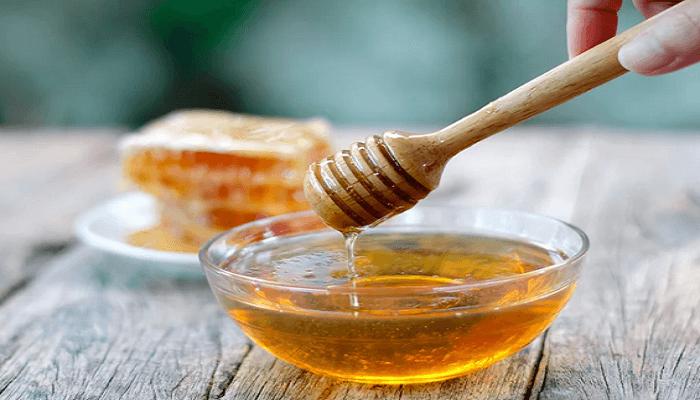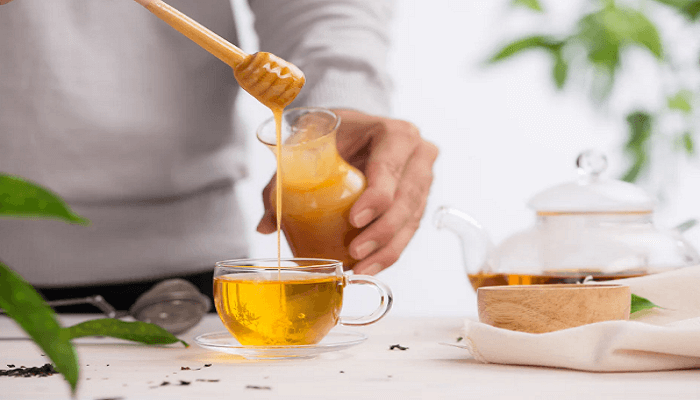Why is Manuka Honey So Expensive – Manuka honey is a type of honey that is native to New Zealand and is produced by bees that pollinate the Manuka tree.
This honey is renowned for its unique antibacterial properties, which make it a popular ingredient in many health and beauty products.
However, Manuka honey is also notoriously expensive, with prices that can be several times higher than other types of honey. In this article, we will explore the reasons behind the high cost of Manuka honey and examine some of the factors that contribute to its unique properties.
Benefits of Manuka Honey

Manuka honey has been used for its medicinal properties for centuries, and recent scientific studies have confirmed its potential health benefits.
Here are some of the benefits of Manuka honey:
- Wound Healing: Manuka honey has potent antibacterial and anti-inflammatory properties that make it an effective natural remedy for wound healing. Its ability to stimulate tissue regeneration and promote the growth of new blood vessels can help speed up the healing process of wounds.
- Digestive Health: Manuka honey can help improve digestive health by reducing inflammation in the gut and inhibiting the growth of harmful bacteria such as Helicobacter pylori. It also contains prebiotics that helps promote the growth of beneficial gut bacteria.
- Oral Health: Manuka honey has been found to have antibacterial properties that can help prevent and treat oral health problems such as gingivitis and tooth decay.
- Skin Health: The antibacterial and anti-inflammatory properties of Manuka honey make it effective for treating various skin conditions such as acne, eczema, and psoriasis.
Reason Why is Manuka Honey So Expensive

There are several reasons why Manuka honey is so expensive compared to regular honey.
One of the primary reasons is the limited supply of Manuka honey.
Manuka Honey’s Unique Properties
Manuka honey is different from other types of honey due to its high levels of methylglyoxal (MGO), a compound that is responsible for its antibacterial properties.
The concentration of MGO in Manuka honey varies depending on the location and season of the honey harvest, with higher levels of MGO typically found in honey produced in the summer months.
The antibacterial properties of Manuka honey are so potent that it is often used in hospitals as a wound dressing, and research has shown that it may be effective in combating certain types of bacteria that are resistant to antibiotics.
However, the high levels of MGO in Manuka honey also contribute to its high cost.
Producing honey with a high concentration of MGO requires a more significant investment in beekeeping practices, extraction and processing techniques, and quality control and certification processes.
As a result, the production costs for Manuka honey are significantly higher than for other types of honey, which in turn drives up its market price.
The rarity of Manuka Honey
Manuka honey is also relatively rare, with a limited geographic range and dependence on weather conditions for successful honey production.
Manuka trees only grow in certain parts of New Zealand, primarily on the North Island, and are typically found in remote and difficult-to-reach areas.
Beekeepers who specialize in Manuka honey production must navigate rugged terrain and challenging weather conditions to access the hives, which adds to the overall cost of production.
Additionally, the production of Manuka honey is highly seasonal, with the honey only harvested during a brief window in the summer months.
This means that there is a limited supply of Manuka honey available, which drives up its price even further.
High Production Costs
As mentioned earlier, producing Manuka honey with high levels of MGO requires a significant investment in beekeeping practices, extraction and processing techniques, and quality control and certification processes.
For example, beekeepers who produce Manuka honey often use specialized hives that are designed to encourage the bees to pollinate the Manuka tree, which results in higher-quality honey.
These hives can be more expensive to purchase and maintain than standard beehives, which adds to the overall cost of production.
Additionally, the extraction and processing of Manuka honey require specialized equipment and techniques to ensure that the honey retains its antibacterial properties.
This can be a time-consuming and labor-intensive process, which adds to the overall cost of production.
Finally, to ensure the quality of Manuka honey, it must undergo rigorous testing and certification processes to ensure that it meets industry standards.
This requires additional investment in quality control measures and certification processes, which can also contribute to the high cost of Manuka honey.
Market Demand and Supply
The growing popularity of Manuka honey has also contributed to its high cost. As consumers have become more interested in natural and organic products, Manuka honey has become a sought-after ingredient in many health and beauty products.
This has increased demand for Manuka honey, which in turn has driven up its market price.
However, as we have mentioned earlier, the supply of Manuka honey is limited due to the seasonal and geographic factors involved in production.
This means that the market demand for Manuka honey often outstrips the available supply, which drives up the price even further.
In some cases, this has led to counterfeit Manuka honey flooding the market, which can be sold at lower prices but does not have the same quality or antibacterial properties as genuine Manuka honey.
Quality and Certification
To ensure that consumers are purchasing genuine Manuka honey, several organizations have established quality standards and certification processes.
The Unique Manuka Factor (UMF) Honey Association is one such organization, which tests and certifies Manuka honey based on its levels of MGO and other quality factors.
The UMF rating system is used to indicate the strength and quality of Manuka honey, with higher UMF ratings indicating higher levels of MGO and stronger antibacterial properties.
However, these quality standards and certification processes also add to the overall cost of Manuka honey.
Beekeepers must pay fees to have their honey tested and certified, and they must also invest in quality control measures to ensure that their honey meets industry standards.
This additional cost is passed on to consumers in the form of higher prices for genuine Manuka honey.
Brand Recognition and Marketing
Finally, brand recognition and marketing play a role in the high cost of Manuka honey. As the popularity of Manuka honey has grown, several brands have emerged that specialize in producing and marketing Manuka honey products.
These brands often invest heavily in marketing and advertising to promote their products, which can increase consumer awareness and demand for Manuka honey.
However, these brands also charge a premium for their products, which contributes to the high cost of Manuka honey.
Consumers who are willing to pay for these premium brands may perceive them as offering the higher quality or more potent Manuka honey, which further drives up demand and prices.
Is Manuka Honey Worth The Money?
While Manuka honey is more expensive than regular honey, its potential health benefits and unique antibacterial properties make it worth the money for many people. However, it’s important to make sure you’re purchasing genuine Manuka honey from a reputable source to ensure its quality and authenticity.
What is the Different Between Manuka Honey and Normal Manuka?
The main difference between Manuka honey and normal honey is its unique antibacterial properties, which are due to the presence of a compound called methylglyoxal (MGO).
Manuka honey is also produced from the nectar of the Manuka bush, which is native to New Zealand and Australia, while normal honey can come from various types of flowers.
Is it OK to Have Manuka Honey Every Day?

While Manuka honey is generally considered safe for most people to consume, it’s important to remember that it is still a type of sugar and should be consumed in moderation. It’s recommended to limit your intake of Manuka honey to no more than 1-2 tablespoons per day.
Can You Put Manuka Honey in Hot Tea?

Yes, you can put Manuka honey in hot tea. However, it’s important not to heat the honey too much as high temperatures can destroy its beneficial enzymes and antibacterial properties. It’s recommended to wait until the tea has cooled slightly before adding Manuka honey.
How Can You Tell If Manuka Honey is Real?
To ensure you’re purchasing genuine Manuka honey, look for products that are labeled with a UMF (Unique Manuka Factor) rating.
The UMF rating system is used to indicate the strength and quality of Manuka honey, with higher UMF ratings indicating higher levels of MGO and stronger antibacterial properties.
How is Manuka Honey Made?
Manuka honey is made by bees that collect nectar from the flowers of the Manuka bush, which is native to New Zealand and Australia. The nectar is then taken back to the hive where it is processed into honey through a process of regurgitation and evaporation.
The honey is then stored in honeycomb cells and capped with beeswax until it’s ready to be harvested by beekeepers.
Conclusion
In conclusion, the high cost of Manuka honey can be attributed to several factors, including its unique antibacterial properties, rarity, high production costs, market demand and supply, quality and certification processes, and brand recognition and marketing.
While these factors contribute to the high cost of Manuka honey, they also help to ensure its quality and authenticity. Consumers who are willing to pay for genuine Manuka honey can be assured that they are purchasing a high quality product with potent antibacterial properties that have been rigorously tested and certified.